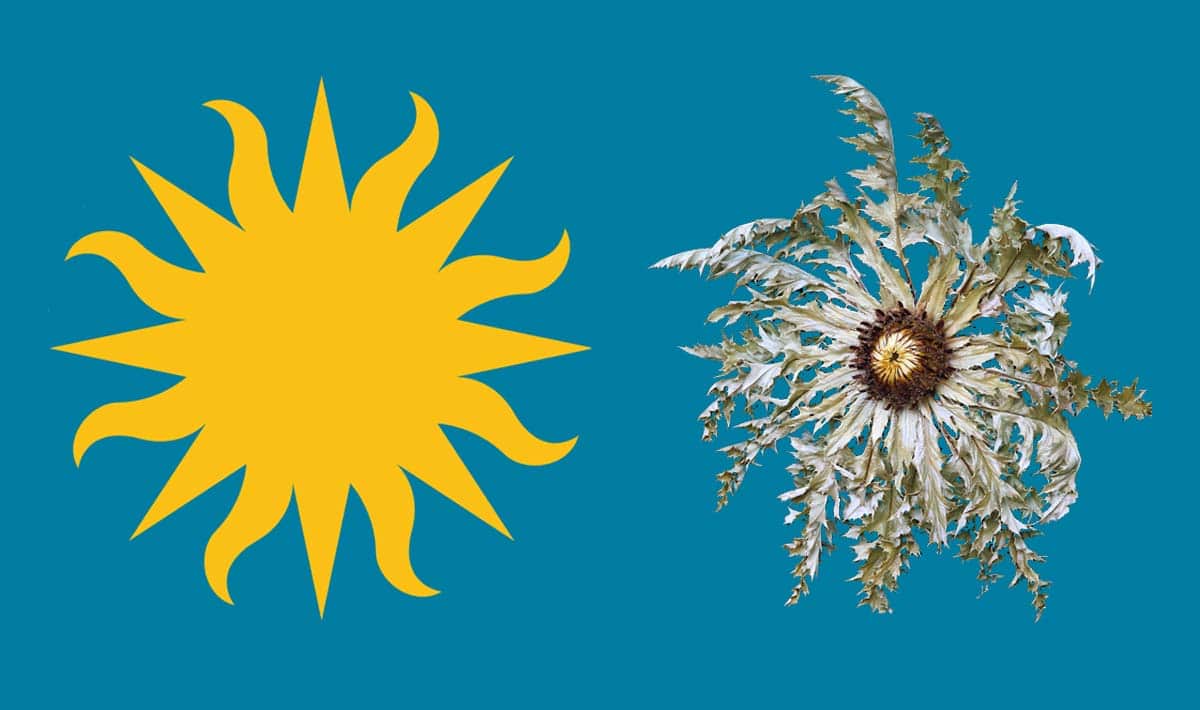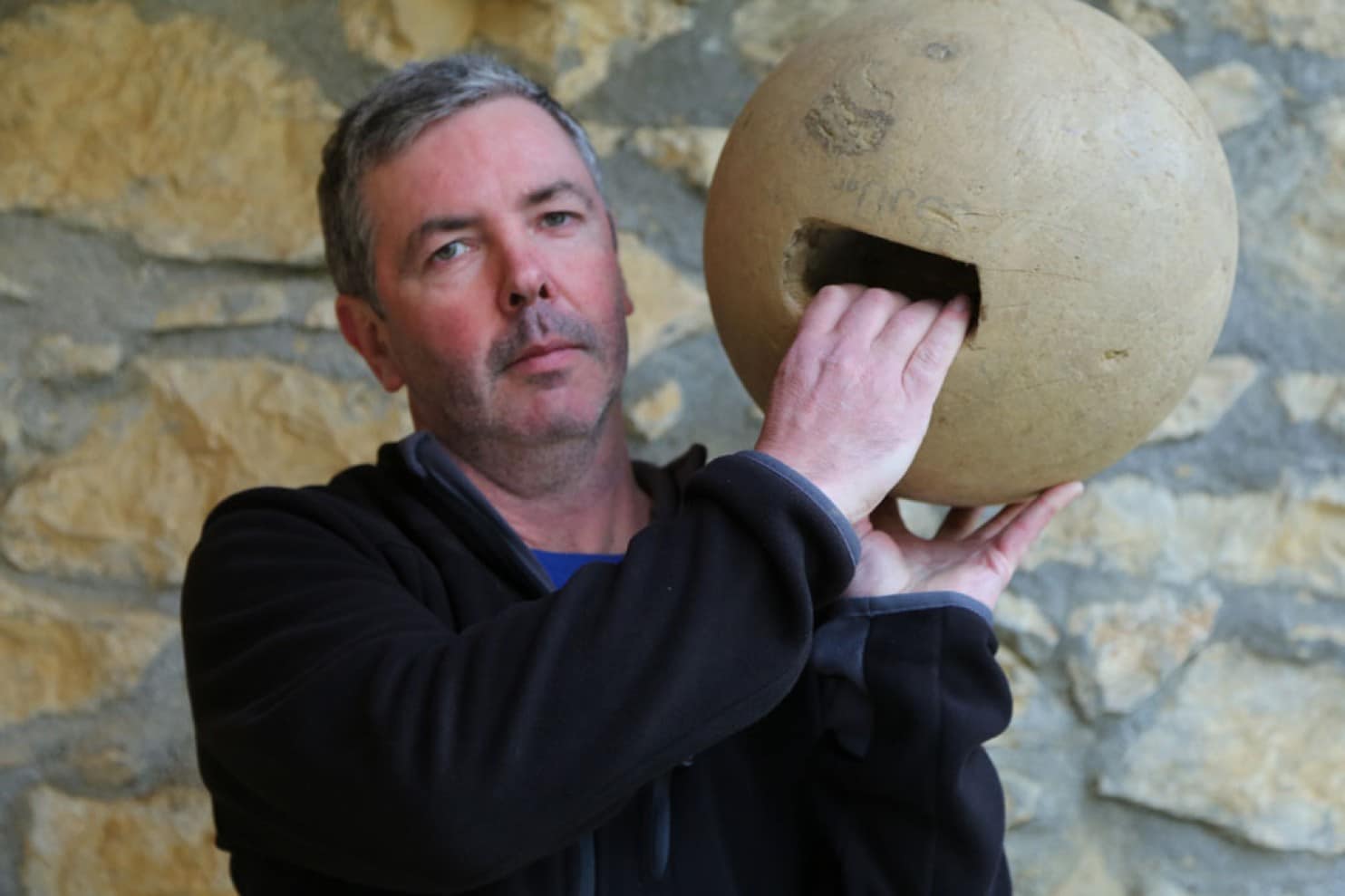This article was translated by John R. Bopp
Sadie Dingfelder, in this article, explains to the readers of this newspaper from the American capital how the Basques and their culture are going to be the main event around which the 2016 edition of the Folklife Festival, a yearly event organized by the Smithsonian Institute on the National Mall in Washington, DC, will rotate.
One of the organizers of this year’s event, Mary Linn, explains the basics of the Basque presence under the motto “Basque: Innovation by Culture”.
We’ve been talking about this unique opportunity for the Basques to show the world what they’re really like for a year. This is even more surprising to us because the “Sun” that is the image of the Smithsonian is going to turn into an Eguzkilorea (sunflower) for the duration of the festival, taking a place of honor in the heart of the American capital.

A jai alai court, with this eguzkilorea occupying a place of honor, will be a centerpiece of this great event, situated between the Washington Monument and the Capitol Building.
More than a million people will visit this representation of the Basque culture and way of life.
The Washington Post – 23/6/2016 – USA
Field day on the Mall: Play Basque sports at this year’s Folklife Fest
Anyone who’s competed in a three-legged race will feel at home at the 2016 Smithsonian Folklife Festival. “It will look a lot like a field day,” says Mary Linn, one of the festival curators. That’s because one of this year’s themes is “Basque: Innovation by Culture,” and sports are a big part of Basque communities, Linn says. (The other theme is “Sounds of California“). The Basque people have lived in the western Pyrenees for upward of 7,000 years. Their language has no relationship to any other living tongue — and that’s helped them hold on to their cultural identity and ancient traditions, Linn says.
(Continue) (Automatic translation)
Last Updated on Dec 20, 2020 by About Basque Country





























